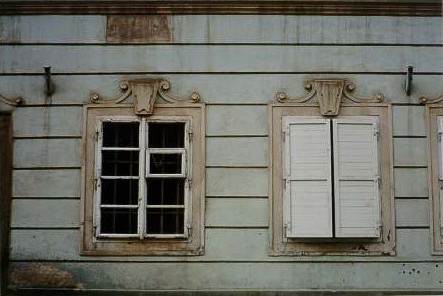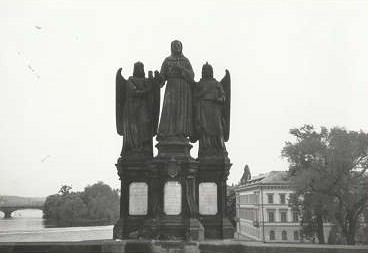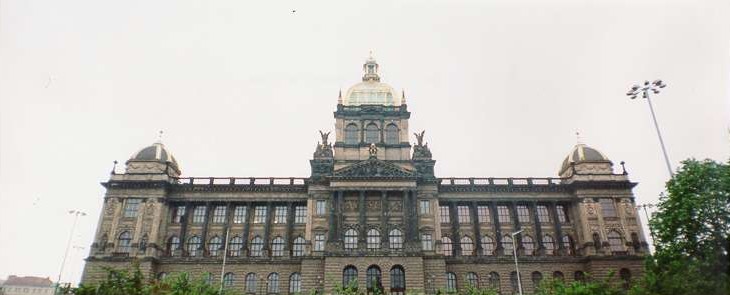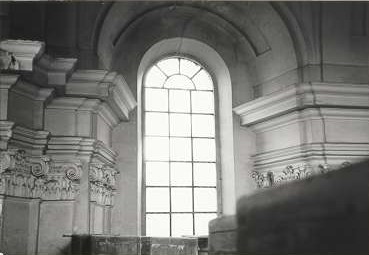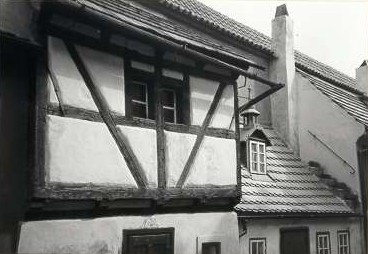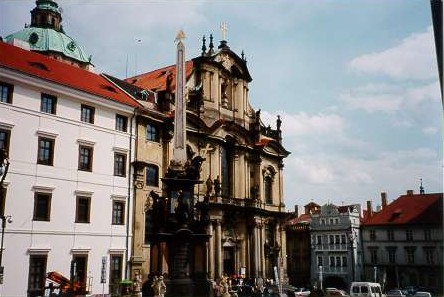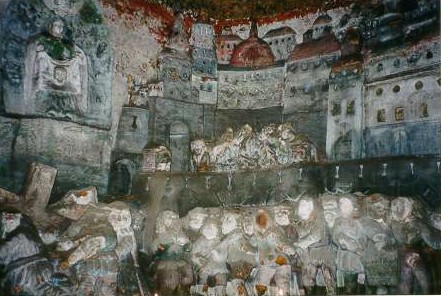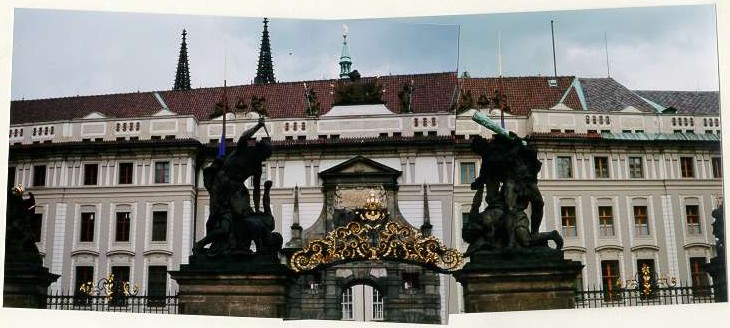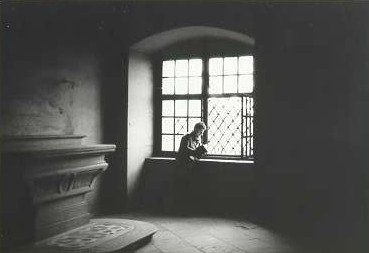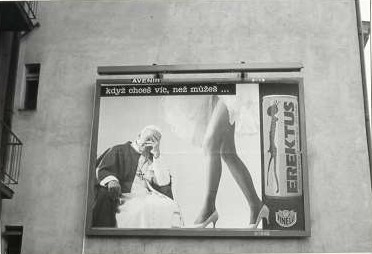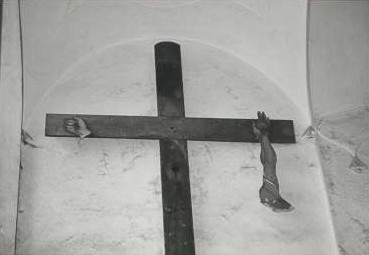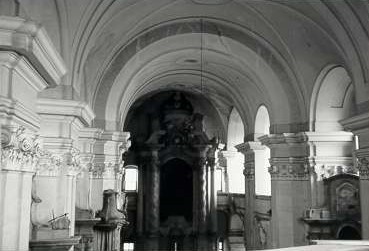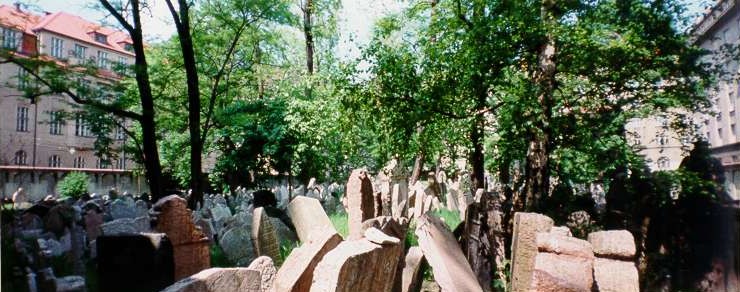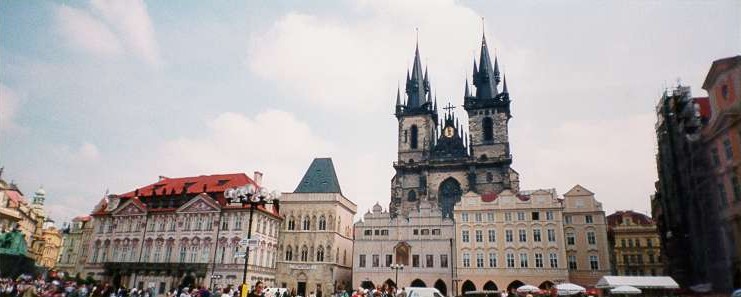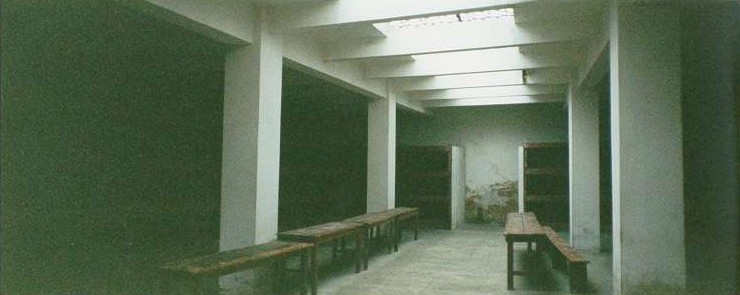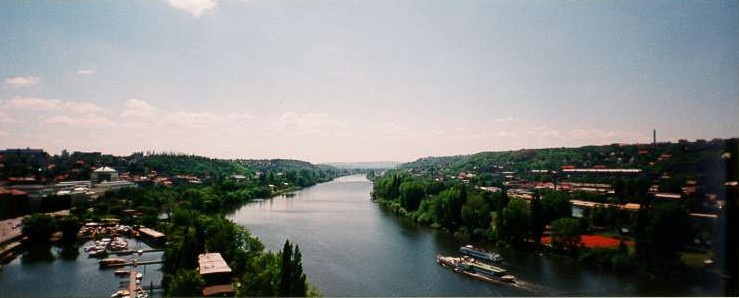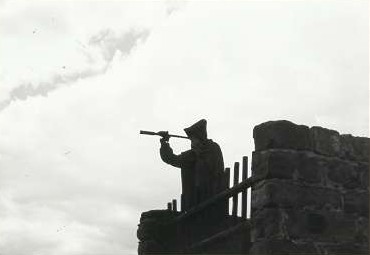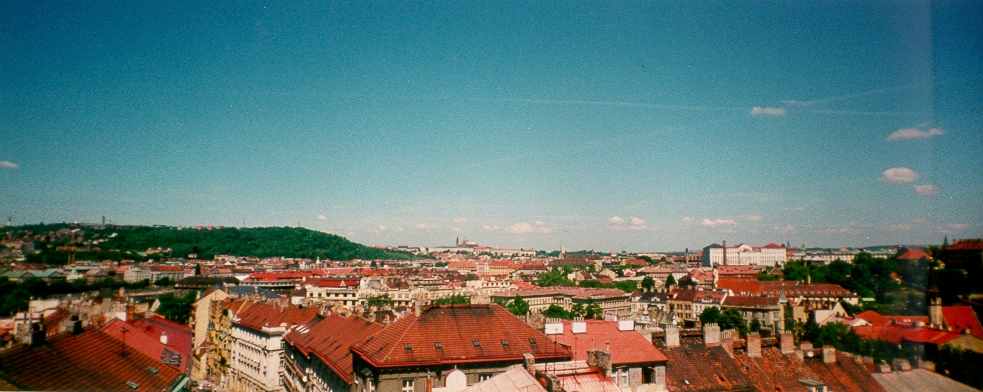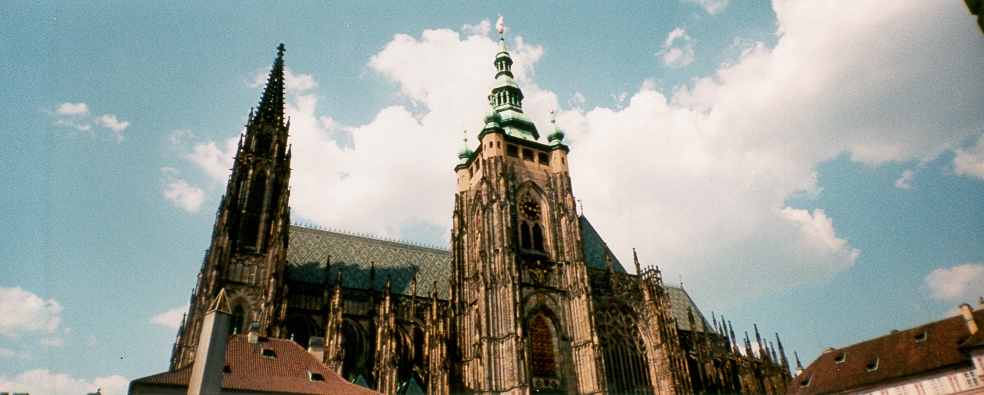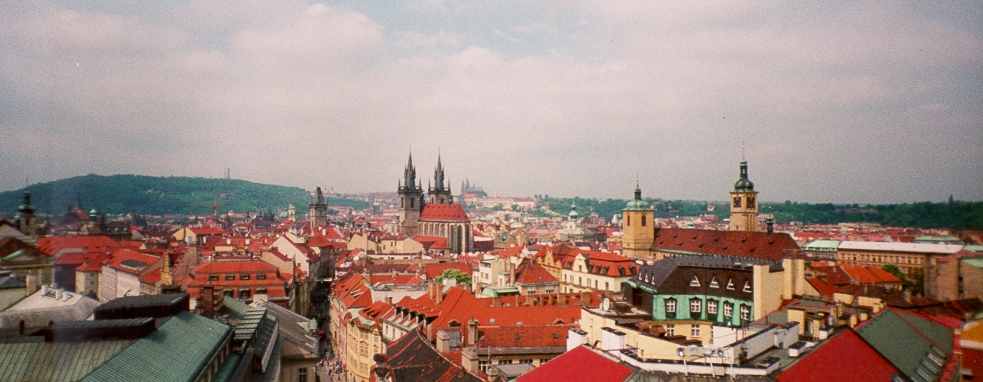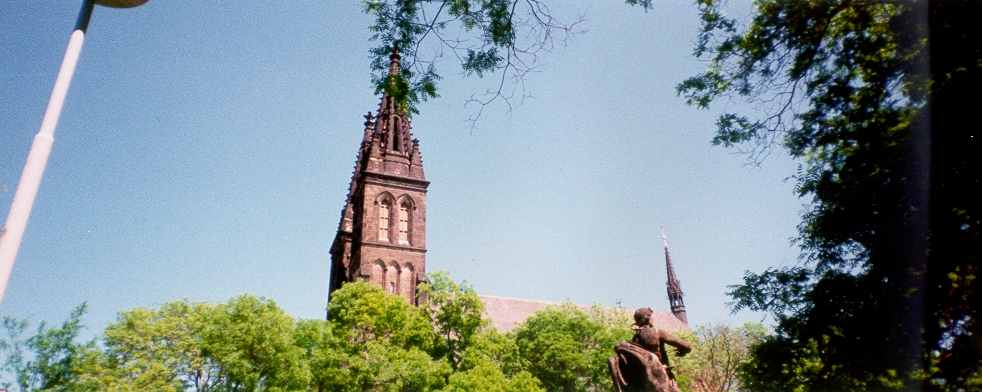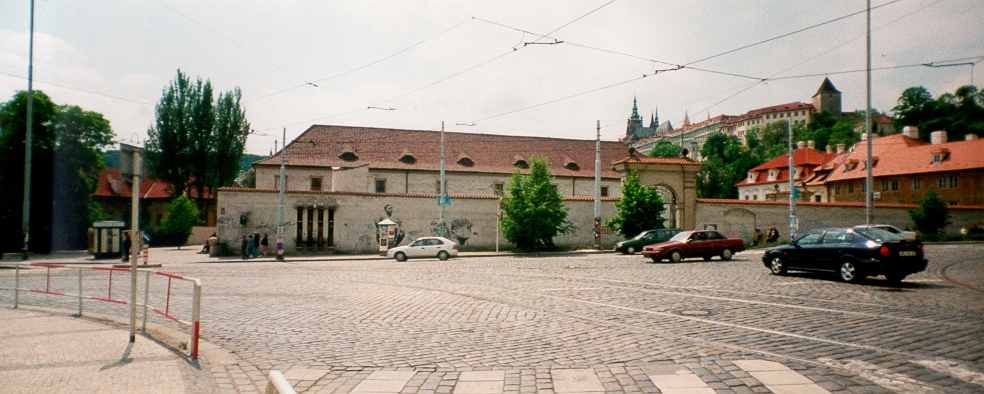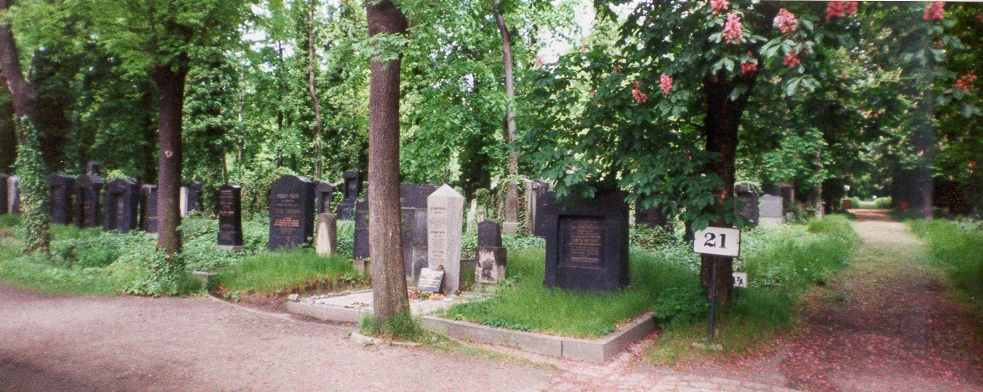Czech Republic
| A season of reflection
... ... a season of growth. |
||
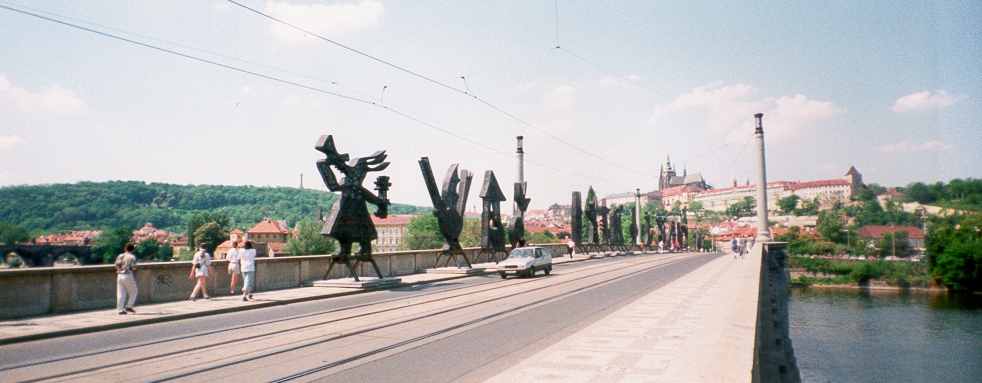
Modern Art in the heart of Prague |
This Gothic cathedral, the spiritual symbol of the Czech state, was founded by Jan Lucembursky (John of Luxembourg) and his sons Karel and Jan Jindrich. It took nearly six centuries to build. Begun in 1344 by Mathias Arras and Petr Parler upon the site of a 10th century rotunda, the final phase of construction only ended during 1873-1929. The cathedral contains underground tombs of Czech kings. Parler also built St Wenceslas Chapel where the coronation jewels are deposited. The chapel is decorated with frescoes and semi-precious stones. |

Closer to the Heart of Prague |
| The term Gothic was first used during the later Renaissance, and as a term of contempt. Says Vasari, "Then arose new architects who after the manner of their barbarous nations erected buildings in that style which we call Gothic", while Evelyn but expresses the mental attitude of his own time when he writes, "The ancient Greek and Roman architecture answered all the perfections required in a faultless and accomplished building" -- but the Goths and Vandals destroyed these and "introduced in their stead a certain fantastical and licentious manner of building: congestions of heavy, dark, melancholy, monkish piles, without any just proportion, use or beauty." | For a thousand years Prague Castle in the Hradcany royal complex has towered above the river Vltava. Industrious building on the castle began in the late 9th century when the royal Premyslid family took power over the united Czech territories. Saint George Basilica, Saint Vitus Cathedral, and a convent were erected within the fortress walls. | Czech-born German-speaking writer whose posthumously published novels express the alienation of 20th century man. Kafka's nightmares of dehumanization, bureaucratic labyrinths, and totalitarian society have much in common with the works of George Orwell (Nineteen Eighty-Four, 1949; Animal Farm, 1955). Jorge Luis Borges has noted, that Zeno's paradox against motion and the arrow and Achilles are the first Kafkaesque characters in literature. Kafka's ill health was also an important biographical factor behind the fear of physical and mental collapse dramatized in such short stories as "Ein Hungerkünstler" (1924) and "Die Verwandlung" (1915, The Metamorphosis). |

Terezin |
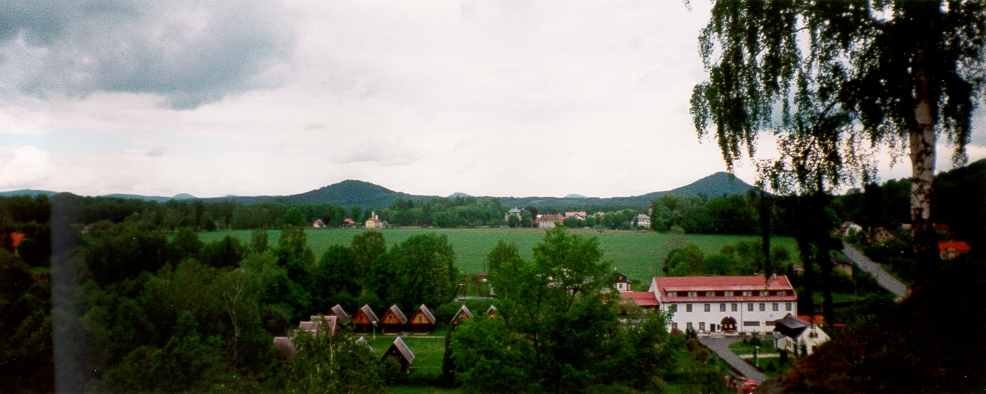
Sudetenland Countryside |
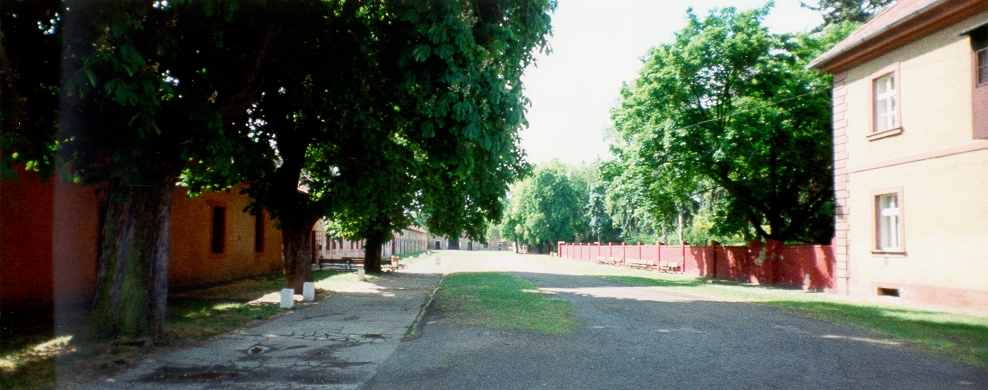
Nazi Housing, Terezin |
| As Hitler transported tens of thousands of communal objects to Prague, their owners were rounded up and shipped first to a city built Northwest of Prague in 1780 by Joseph II. Ironically, this city served as a fortress to protect Prague from invaders to the North. Joseph II named this village after his mother, Maria Teresia, calling it Terezin. The Red Cross was allowed to visit Terezin once. The village of Terezin was spruced up for the occasion ... | The Sudetenland was part of Germany until 1806 and of the German Confederation between 1815 and 1866. After the First World War the Sudetenland (some 11,000 square miles) became part of Czechoslovakia. Until Adolf Hitler came to power most Sudenten Germans were content to remain in Czechoslovakia but in 1935 a Sudten-German Party, financed from within Nazi Germany, began to complain that the Czech-dominated government discriminated against them. German's who had lost their jobs in the depression began to argue that they might be better off under Hitler. | ... Certain inmates were dressed up and told to stand at strategic places along the specially designated route through Terezin. Shop windows along that carefully guarded path were filled with goods for the day. One young mother remembers seeing the bakery window and shelves suddenly filled with baked goods the inmates had never seen during their time at Terezin. Even the candy shop window overflowed with bon bons creating a fantastic illusion she would never forget. |
page last updated 28 October 2004
Copyright © 2004 Miguel B. Llora, MA. All Rights Reserved.
Best viewed on Internet Explorer 5.x or later at a minimum of 1024 x 768 resolution
